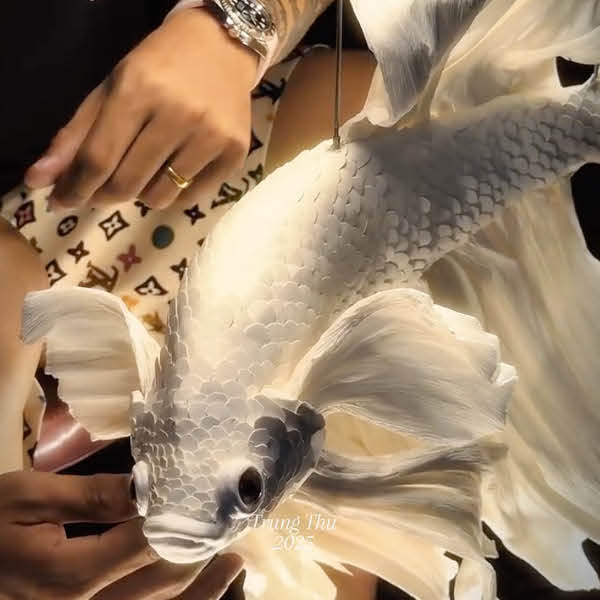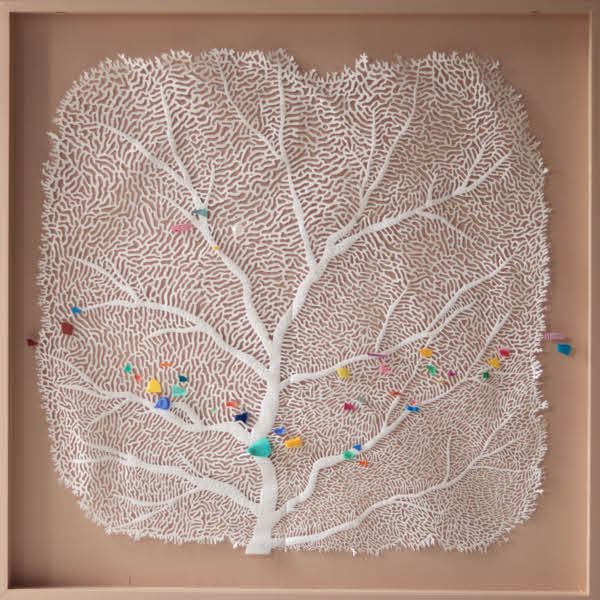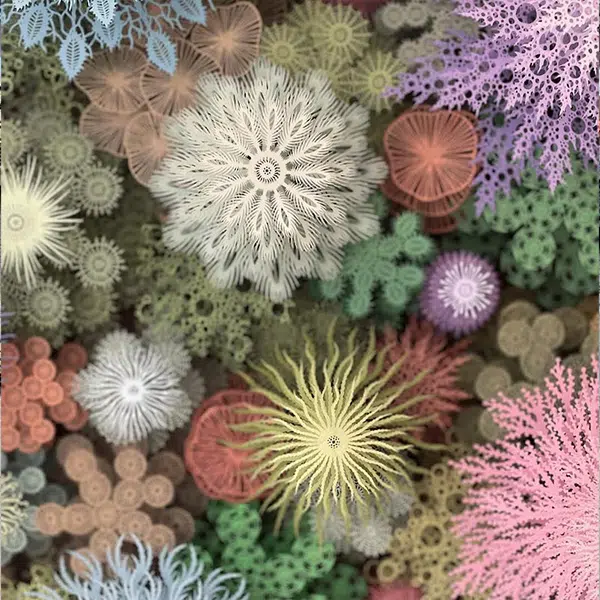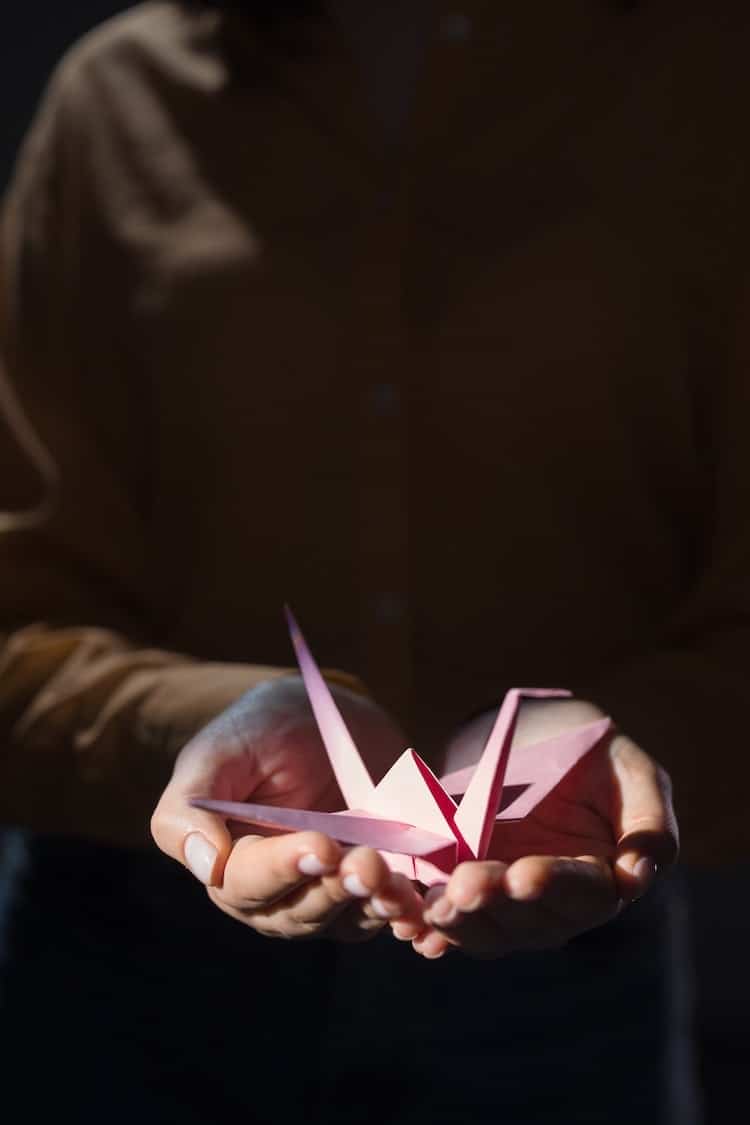
Photo: Ron Lach
When you think of origami, the image of a paper crane probably comes to mind. But have you ever wondered why this graceful bird became synonymous with the craft? The significance of the origami crane in Japan has an ancient backstory, and the paper bird was later popularized after one girl named Sadako Sasaki used it to send a powerful and lasting message. Today, people continue to make and gift origami cranes as symbols of hope and love. Read on to discover the history and meaning of the paper crane.
A Brief History of Origami in Japan

“Orizuru o tsukuru shōjo” by Isoda Koryūsai, 1772 or 1773 (Photo: Library of Congress)
The first process for making paper was documented in China during the Eastern Han period (25–220 CE). Paper was later introduced to Japan during the sixth century; and while many other cultures engaged in paper folding, it was the Japanese that made it an art form. Origami was initially known as orikata (folded shapes). However, the craft became known as origami in 1880. The term comes from the Japanese words oru (to fold) and kami (paper). When origami was first practiced, paper was expensive, so the craft was only for the elite. Japanese monks crafted paper figures for ceremonial Shinto rituals and for decorating formal ceremonies. It wasn’t until Japan’s Edo Period (1603–1868)—when paper was more affordable—that origami was viewed as a leisurely activity. Common people began practicing origami and gifting their paper creations to friends and family. And today, origami continues to be a popular pastime in Japan and around the world.
The Significance of the Crane
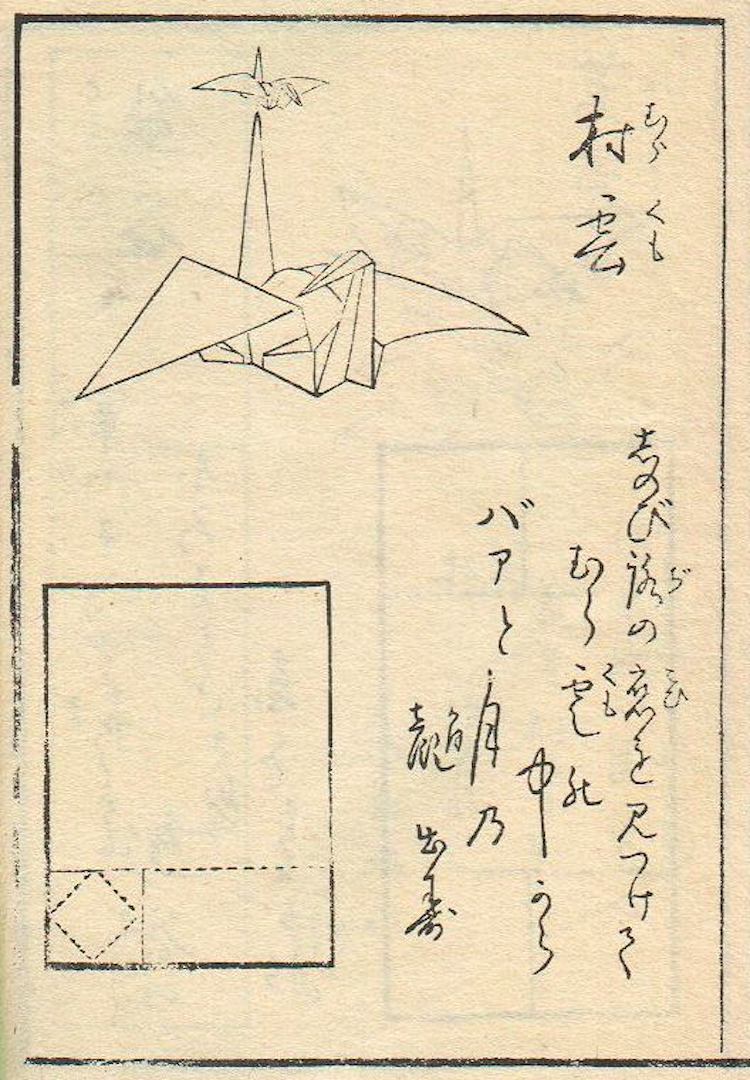
Origami instructions from the book: “Hiden Senbazuru Orikata” (Secret to Folding One-thousand Cranes) by Akisato Ritō, 1797 (Photo: Wikimedia Commons, Public domain)
In Japan, China, and Korea, the crane is believed to be a mythical creature that lives for 1,000 years. However, the Japanese are particularly fond of the crane, and often refer to it as the “bird of happiness.” The crane is thought to represent good fortune and longevity, and its wings are believed to provide protection. There’s even a traditional prayer that is sometimes recited by mothers who are concerned for their children:
“O flock of heavenly cranes
cover my child with your wings.”
The tradition of the Japanese orizuru (ori– “folded,” tsuru “crane”), or paper crane, began in feudal Japan (1185–1603 CE), when people gifted each other the paper figures as symbols of honor and loyalty. However, it wasn’t until the 16th century that the art of the origami crane was officially recorded. Hiden Senbazuru Orikata (“Secret to Folding One-thousand Cranes”), published in Japan in 1797, is the first known book on origami. It features the earliest known instructions on how to make origami cranes, along with countless examples of different kinds.
In Japanese folklore, it’s alleged that a person can be granted one wish if they fold 1,000 origami cranes (this practice is called senbazuru in Japanese). The paper bird later became a symbol of hope and healing during challenging times, and the folding of 1,000 paper cranes was popularized with the story of a young girl named Sadako Sasaki.
The Story of Sadako Sasaki and 1,000 Paper Cranes
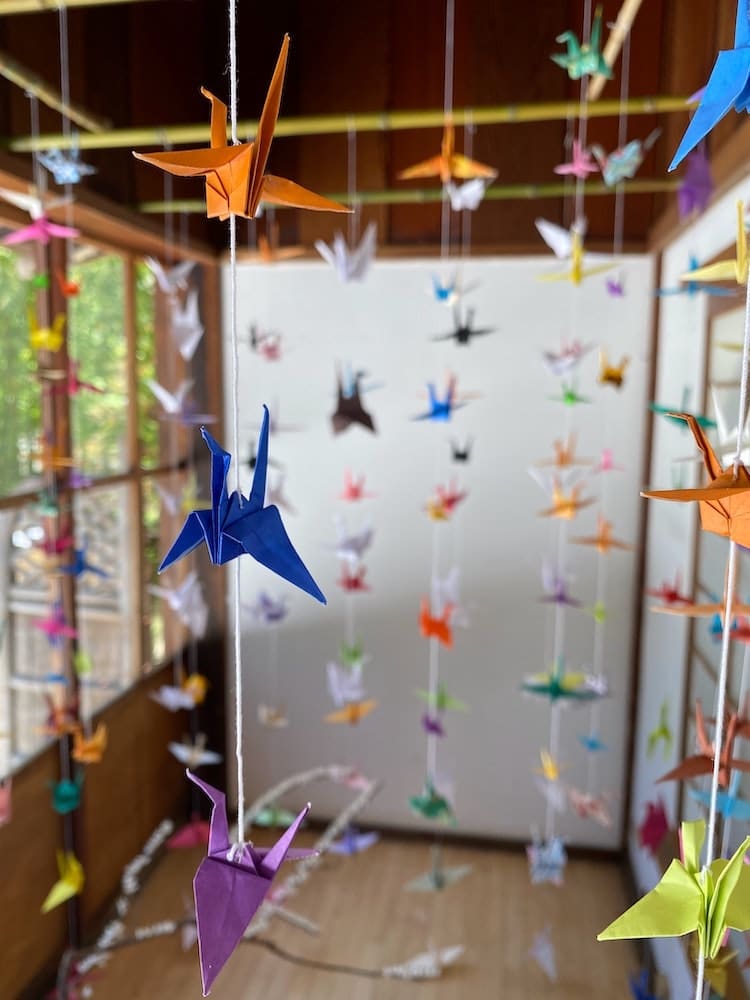
Photo: via Unsplash
When Sadako Sasaki was two years old, she was exposed to radiation from the atomic bomb that devastated Hiroshima in 1945. By the time she was 12, the radiation exposure had developed into leukemia, and she was given just one year to live. The young girl began making 1,000 paper cranes in the hopes of being granted her wish to recover from her illness. However, as time went on and her collection of origami cranes grew, her goal changed. Sasaki decided to wish for world peace instead of her own life. As her condition worsened, she never stopped making paper cranes and her classmates even joined in to help her. After she passed away, she was buried with a wreath of 1,000 paper cranes, and she became a symbol of peace and love. Sasaki is now forever memorialized at Hiroshima Peace Park, where a statue of her holding a giant crane—called the Children’s Peace Monument—stands.
Every year, thousands of people flock to the Children’s Peace Monument, where they drape wreaths of 1,000 cranes. And the origami crane continues to embody Sasaki’s selfless wish for world healing, more than 70 years later.
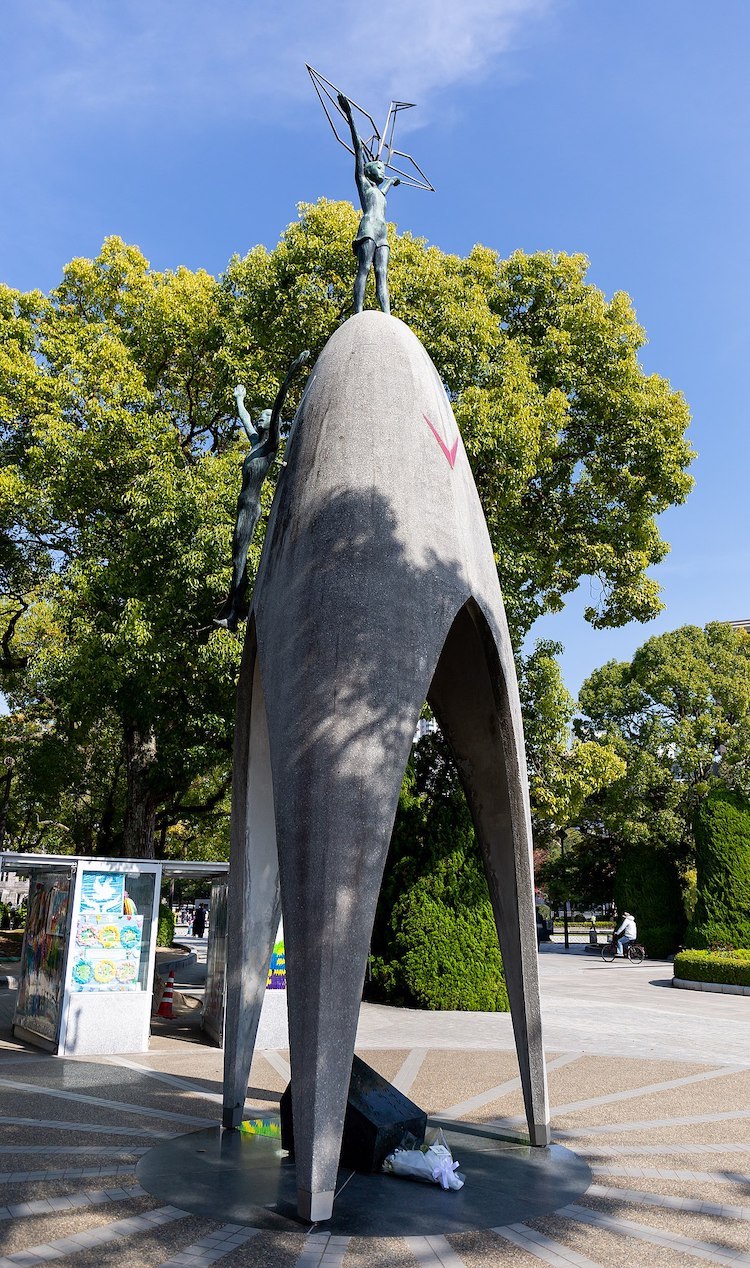
The Children's Peace Monument in Hiroshima Peace Memorial Park, (CC0 1.0), via Wikimedia Commons
Want to make your own origami crane? Here’s how:
Related Articles:
Origami: How the Ancient Art of Paper Folding Evolved Over Time and Continues to Inspire
Origami Artist Reimagines Trees With Leaves Made of Tiny Paper Cranes
Paper Artist Creates Elaborate Origami Crane Every Day for 1,000 Days and Counting
10+ Origami Tutorials You Can Watch and Learn for Free on YouTube














































































